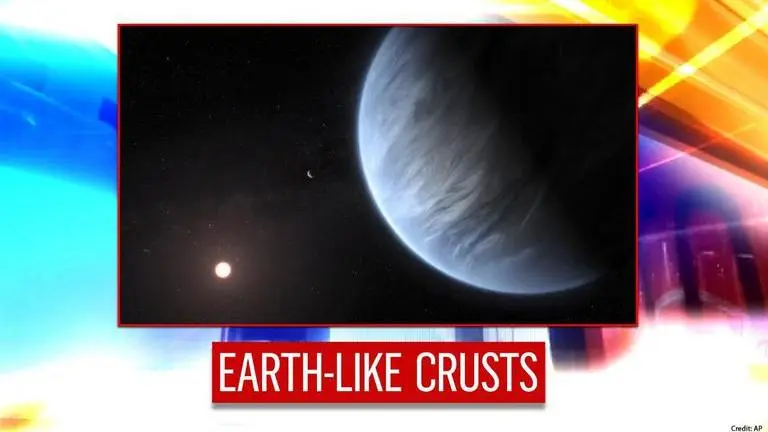Updated 16 February 2021 at 14:10 IST
Astronomers detect residue of Earth-like planets orbiting four dwarf stars in deep space
According to Express, astronomers have discovered residue of planets with Earth-like crusts orbiting the atmospheres of four dwarf stars in deep space.
- Science News
- 2 min read

Scientists have long searched for planets with features similar to that of Earth, but so far haven't found a single one except for Mars, which obviously was much easier to detect given that we orbit the same solar system next to each other. However, astronomers from the University of Warwick may have found remnants of planets resembling Earth. According to Express, the UK-based scientists have discovered residue of planets with Earth-like crusts orbiting the atmospheres of four dwarf stars in deep space.
Scientists say these planets may have existed billions of years ago when the universe was still in its early phase. Scientists detected traces of sodium and calcium on the remains of the now-vanished planets. They also found the outer layers containing up to 3,00,000 gigatonnes of rocky debris, including 3,000 gigatonnes of potassium and 60 gigatonnes of lithium. The crusts of the vanished planets are similar to Earth and Mars, indicating a planet like ours may have existed or still exist in deep space.
Advertisement
Scientists used data from the European Space Agency's Gaia telescope to study the dwarf stars that contained elements like our solar system. The team used spectroscopy to identify similar elements in nearby stars by analysing the light emitted by each star at different wavelengths. Scientists surveyed more than 1,000 dwarf stars before they zeroed in on the four, where Earth-like planets may have existed nearly 10 billion years ago.
Advertisement
Super-hot planet found with a density similar to Earth
Recently, scientists discovered an unusually super-hot exoplanet with a density similar to that of Earth, orbiting around one of the most ancient stars in the Milky Way galaxy. Naming it as TOI-561b, astronomers said that the exoplanet had an average temperature of over 3,140 Fahrenheit, making it impossible for any life form to survive on it. The high temperature on the planet is because it revolves extremely close to its sun. Researchers also revealed that although TOI-561b’s density is similar to that of earth, it is fifty times the size of our planet.
Published By : Vishal Tiwari
Published On: 16 February 2021 at 14:10 IST
